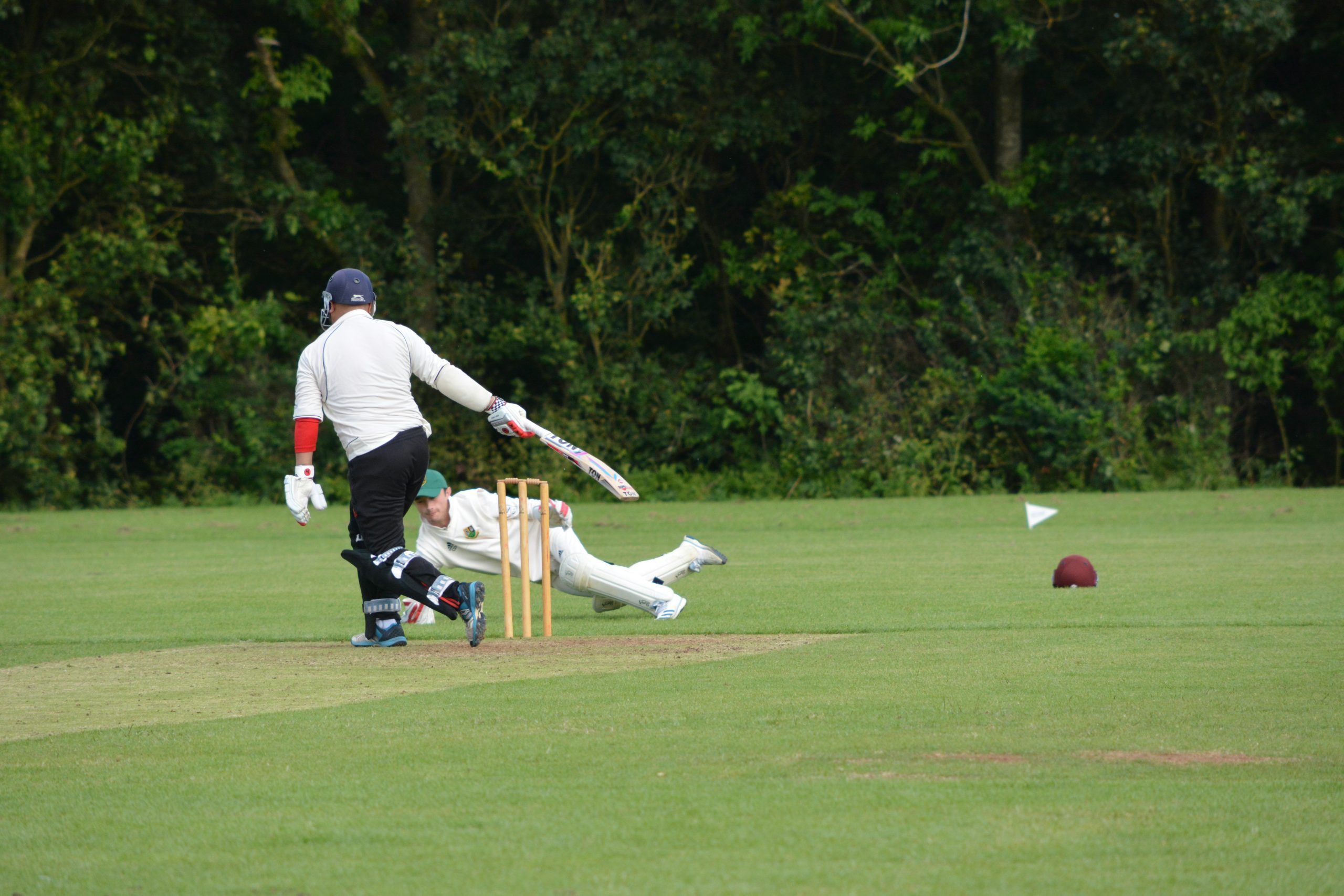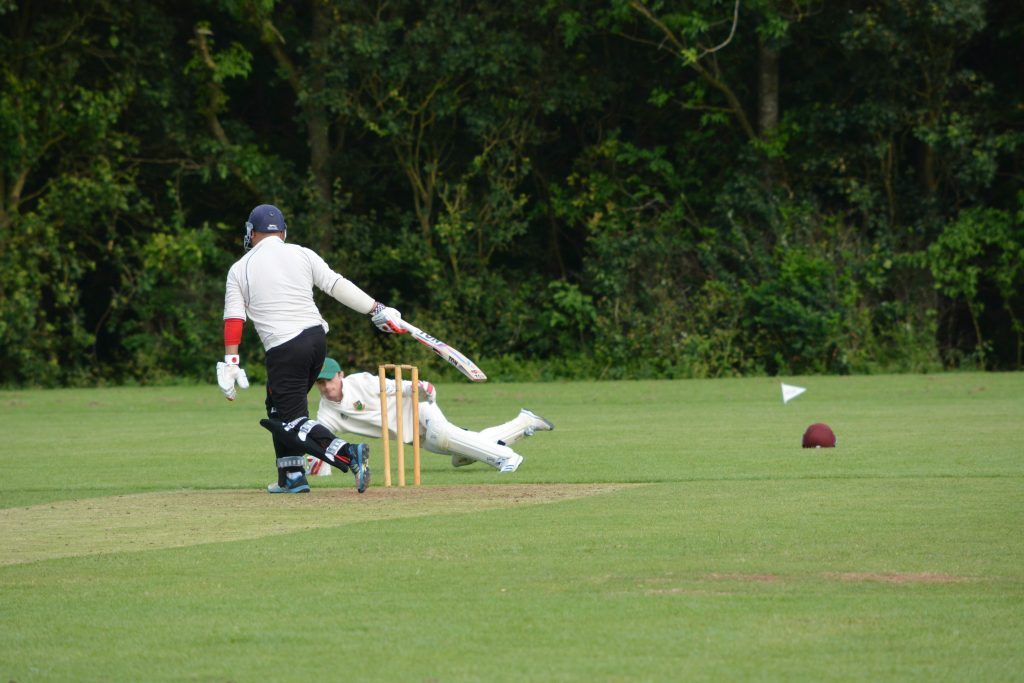In the electrifying world of cricket, where passion meets precision and rivalries are forged on the pitch, few contests ignite the spirit of fans quite like that between Pakistan and Afghanistan. As two nations with rich cricketing histories and fervent supporters, their clashes are more than just games; they’re a celebration of talent, resilience, and national pride. The recent encounter between these teams was no exception, serving as a thrilling reminder of how the sport transcends boundaries and unites cultures.
The atmosphere was charged with anticipation as players took to the field, each driven by a desire to etch their names in history. With every boundary scored and wicket taken, emotions ran high—an exhilarating rollercoaster that kept spectators on the edge of their seats. In this article, we delve into the scorecard that encapsulates this remarkable match, highlighting key moments that defined not only individual performances but also underscored the growing rivalry between these two cricketing nations. Join us as we relive an unforgettable showdown that left fans buzzing long after the final ball was bowled!
Team Profiles: Pakistan vs Afghanistan
The encounter between Pakistan and Afghanistan in the cricket arena is always imbued with passion and intensity, reflecting their shared history yet distinct rivalry. Pakistan boasts a rich legacy of cricketing prowess, characterized by flair and explosive performances. With world-class players like Babar Azam leading from the front, their batting lineup can dismantle even the most formidable bowling attacks. The experience accrued from past tournaments certainly adds depth to the team’s strategy, enabling them to pivot during crucial moments of a match.
Afghanistan, on the other hand, embodies resilience and determination that often surprises seasoned opponents. Their rise in international cricket has been nothing short of meteoric; players like Rashid Khan exhibit a skill set polished on both domestic grounds and global stages alike. The Afghan squad thrives on teamwork infused with an unwavering spirit, showcasing palpable camaraderie that translates into thrilling games. This dynamic sets up an intriguing contest whenever these two sides clash—an intersection where history meets ambition as they each vie for supremacy while writing new chapters in their growing saga.

Match Venue: Where the Action Happened
The venue of the clash between Pakistan and Afghanistan was nothing short of a grand stage for cricketing drama, hosted at the renowned Gaddafi Stadium in Lahore. Bathed in vibrant colors and an electric atmosphere, the stadium not only showcased its state-of-the-art facilities but also displayed a rich history intertwined with countless memorable matches. The roar of passionate fans reverberated through its stands, creating an ambiance that invigorated both players and spectators alike.
As the match unfolded under the watchful gaze of enthusiastic crowds, every boundary hit and wicket taken echoed like a battle cry. The distinct sight of Pakistani flags waving alongside Afghan banners illustrated cricket’s unique power to unite diverse cultures and forge connections beyond borders. This portrayal exemplified how venues like Gaddafi Stadium serve as melting pots for emotions—a setting where rivalries fuel aspirations, fostering camaraderie among fans who live vicariously through each on-field spectacle. With each delivery bowled on this hallowed ground, history was simultaneously being crafted in real-time for future generations to relive.
Toss Results: Who Elected to Bat?
In a high-stakes encounter between the Pakistan and Afghanistan national cricket teams, the toss outcome often sets the tone for the match. On this particular day, as both captains entered the hallowed circle of fate, tension hung thick in the air. The decision to bat first can lead to a strategic advantage, allowing a team to post a sizable total and pressure their opponents. It was no surprise when Pakistan’s captain seized the moment, opting to bat after winning the toss—seeking not just runs but also psychological dominance.
Batting first offers a canvas for aggressive strokes and meticulous planning; it allows teams to dictate terms on a pitch they’ve analyzed closely. For Pakistan, bolstered by an explosive batting lineup combined with their rich history against Afghanistan, this was more than just tactical—it was about showcasing style and intent in front of enthusiastic crowds who expected fireworks. However, with every choice comes risk; setting a score means being wary of an Afghan bowling attack that has become increasingly formidable and unpredictable.
As play commenced under bright skies, fans were keenly aware that while numbers on the board could tell one story, early wickets might rewrite it entirely. Would Pakistan capitalize on their position from ball one or succumb to nervousness against spirited opposition? The stage was set; every run mattered as both teams stared down their historical rivalry—a contest where expectations collide dramatically with reality. All eyes remained glued as players took their positions; this was more than just cricket—this was passion encapsulated in sport!

First Innings Summary: Key Performers Highlighted
As the first innings of the Pakistan vs. Afghanistan match unfolded, it became a showcase of individual brilliance and strategic acumen. Fakhar Zaman emerged as the cornerstone of Pakistan’s batting line-up, anchoring their innings with an impeccable blend of aggression and resilience. His knock not only stabilized the early momentum but also unleashed a series of boundaries that rattled Afghanistan’s bowlers, setting an imposing tone for the chase.
On the bowling side, Afghanistan’s Rashid Khan proved once again why he’s regarded as one of the premier spinners in contemporary cricket. With his deceptive flight and variations, he picked up critical wickets at pivotal moments, disrupting Pakistan’s rhythm just when they appeared poised to accelerate towards a colossal total. The electric atmosphere was palpable every time Rashid took to his delivery stride; each ball seemed to carry with it fresh hints of magic, leaving batsmen guessing and fans on edge.
The dynamic interplay between bat and ball highlighted not only individual talents but also underscored tactical battles that could pivot the game’s direction at any moment. As both teams regroup for what promises to be an exhilarating second innings, key performances have set the stage for grand showdowns ahead—every run gained or lost will weigh heavily on players’ minds as they navigate through this tense encounter.
Second Innings Recap: Turning Points in Play
As the second innings unfolded, it became a chess match of strategy and temperament. One of the pivotal turning points came when Afghanistan’s spinners found their rhythm, asking relentless questions of Pakistan’s batting lineup. With each delivery, they conjured doubts that led to crucial breakthroughs, including the prized wicket of Babar Azam. This moment was not just about dismissing a captain; it symbolized a broader shift in momentum where confidence shifted from one camp to another.
Meanwhile, Afghanistan’s fielding displayed an intensity rarely seen in previous encounters, showcasing their evolution as a competitive side on the international stage. A spectacular catch near the boundary line became emblematic of their unyielding spirit and hinted at their determination to upset established cricketing hierarchies. As Pakistan struggled to build partnerships amid mounting pressure, Afghanistan’s fervor not only intensified but elevated their belief—underscoring how psychological dynamics influence performance in high-stakes matches like this one.

Impact of the Weather Conditions on Game
Weather conditions play a pivotal role in shaping the dynamics of any cricket match, significantly impacting player performance and strategy. For instance, overcast skies can lead to swing bowling that challenges batsmen more than usual. A chilly breeze might aid seam movement through the air, leaving players at the mercy of fluctuating temperatures and humidity levels. In matches like those between Pakistan and Afghanistan, where both teams boast talented pace attacks, factors such as dew or cloud cover could tilt the game in favor of one side.
Moreover, rain interruptions can create a unique set of challenges for both teams. The DLS method often alters team strategies completely; chasing teams need to adjust their approach based on revised target scores influenced by weather delays. Additionally, pitches that have been moistened by rain may offer spongy bounce or turn unpredictably, testing every player’s adaptability on the field. Understanding how weather nuances impact not just individual performances but overall gameplay can be crucial for fans looking to gauge which team holds an edge under specific conditions during high-stakes matches like those between these fierce rivals.
Conclusion: Key Takeaways from the Match
The match between the Pakistan and Afghanistan national cricket teams was a vivid demonstration of intense competition and sporting prowess. Key takeaways from this encounter highlight not just the individual performances, but also the collective spirit that characterized both sides. For Pakistan, the ability to adapt under pressure proved crucial; their bowlers executed strategic variations that kept Afghanistan’s top order in check, showcasing a tactical depth that can be pivotal in high-stakes matches.
On the flip side, Afghanistan’s resilience was on full display as they fought back through determined partnerships that kept fans on the edge of their seats. The rise of Afghan cricket as a formidable competitor is undeniable, suggesting that they are no longer mere underdogs but genuine contenders capable of upsetting more established teams. This match serves as a reminder of cricket’s unpredictable nature—where skill meets heart—and leaves spectators eager for future encounters between these two passionate sides. Ultimately, the game reinforced how closely-knit rivalries can elevate sporting excellence and ignite national pride on both fronts.









